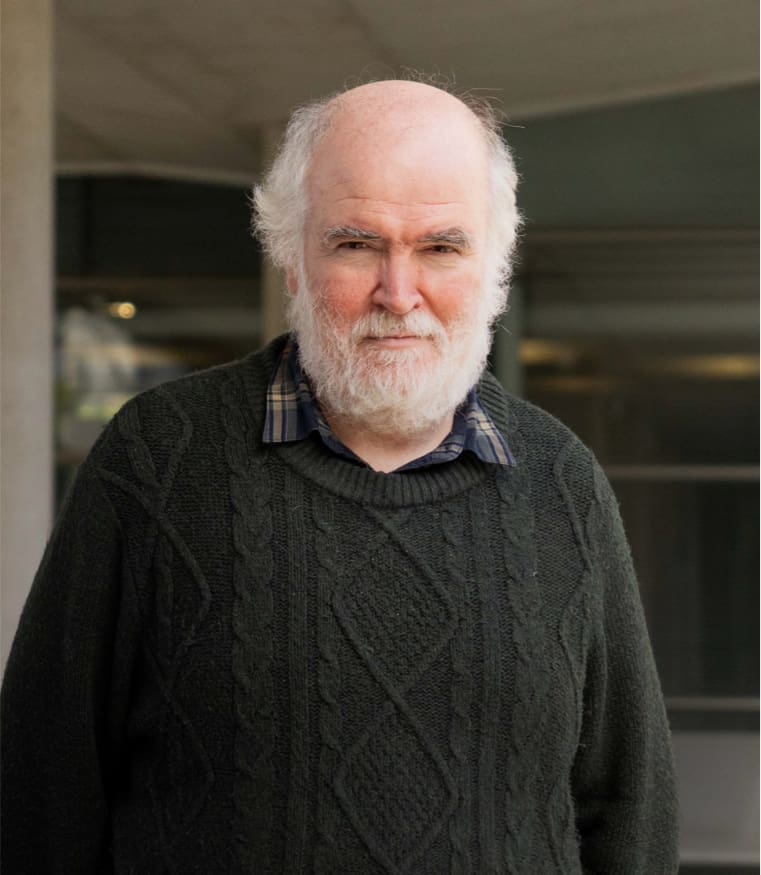A Critical Analysis of the Cyclic and Open Alternatives of the Transmetalation Step in the Stille Cross-Coupling Reaction
The transmetalation step of the Stille cross-coupling reaction catalyzed by PdL2 (L = PH3, AsH3) has been analyzed by means of DFT methods for PhBr as the electrophile and CH2=CHSnMe3 as the nucleophile. Both experimentally proposed mechanisms (cyclic and open) were theoretically studied. For the case of the cyclic mechanism, the associative and dissociative ligand substitution alternatives were both analyzed. For the case of the open mechanism, the cis and the trans pathways were evaluated. All the reaction pathways were also studied taking into account the solvent effects by means of continuum models, for THF and PhCl as solvents. In selected cases, explicit solvent molecules were introduced to account for their potential role as ligands. Theoretical analysis indicates that the open reaction mechanism is preferred for organotriflate systems, whereas the cyclic mechanism is favored for the reaction with organohalide systems.

A. Nova, G. Ujaque, F. Maseras, A. Lledós, P. Espinet
J. Am. Chem. Soc. 2006, 128, 14571-14578
DOI:
Go to the journal

Let's create a brighter future
Join our team to work with renowned researchers, tackle groundbreaking
projects and contribute to meaningful scientific advancements



















